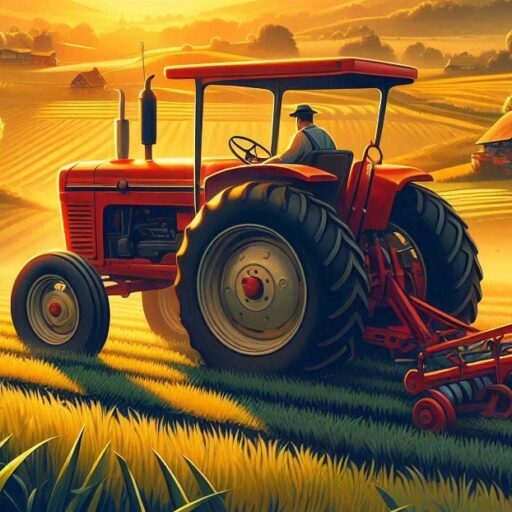UNIT – 8 AGRON 111 – Fundamentals of Agronomy 4(3+1)
Harvesting – Removal of entire plants or economic parts after maturity from the field is
called ‘Harvesting’.
Portion of the stem i.e., left on the field is known as stubble.
The economic product may be grain, seed, leaf, root or entire plant.
Physiological maturity: It refers to a developmental stage after which no further
increase in dry matter occurs in the economic part.
Harvest maturity: Generally occurs seven days after physiololgical maturity. The
important process during this period is loss of moisture from the plants.
External symptoms of physiological maturity of some field crops.
- Maize – Black layer in the placental region of maize kernels.
- Sorghum – Black layer in the placental region of maize kernels.
- Soybean – Loss of green colour from leaf.
- Red gram – Green pods turning brown.
Harvest maturity symptoms of some important crops.
- Rice Hard & yellow colored grains
- Wheat Yellowing of spikelets.
- Sorghum Yellow coloured years, hardgrains.
- Pearl millets Compact ears, on pressing hard fox tail millet seeds come out
- Pulses Brown coloured pods with hard seeds inside pods
- Ground nut Pods turn dark from light colour. Dark coloured patches inside
the shell, kernels red or pink. On pressing the kernels oil is
observed on the fingers.
Harvest Index (H.I): It is the ratio of the economic yield to the total biological yield
expressed as percentage. H.I = (Economic yield/Biological yield) × 100
Threshing- ‘The process of separating grains from earheds is known as threshing.’
Methods of threshing crops –
1) Beating – threshing of earhead is done by beating with stick.
2) Use of bullock power – threshing is done under the feet of bullock on threshing yard.
3) Use of hand driven machinery – Ex. Maize Sheller, Paddy foot thresher etc.
4) Use of power driven machinery – By Tractor, Thresher etc.



Pingback: UNIT -7 Plant ideotypes, crop rotation and its principles, adaptation and distribution of crops, crop management technologies in problematic areas.